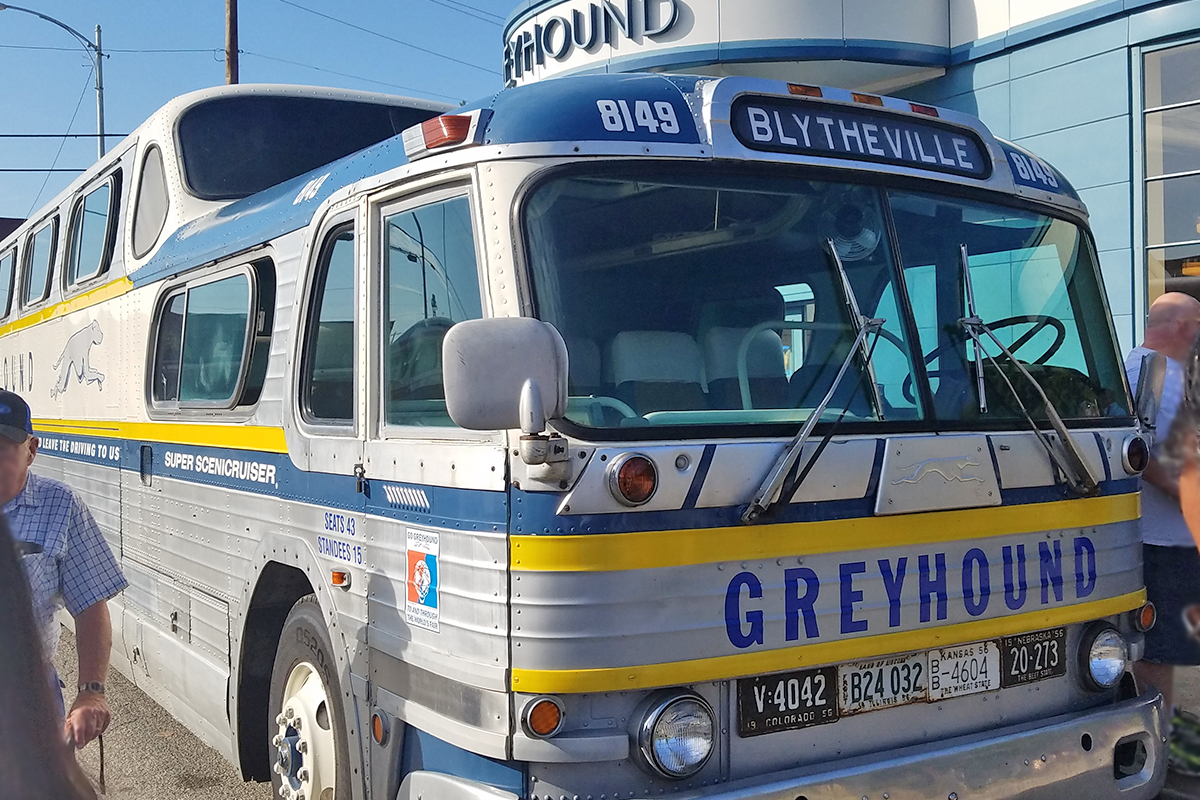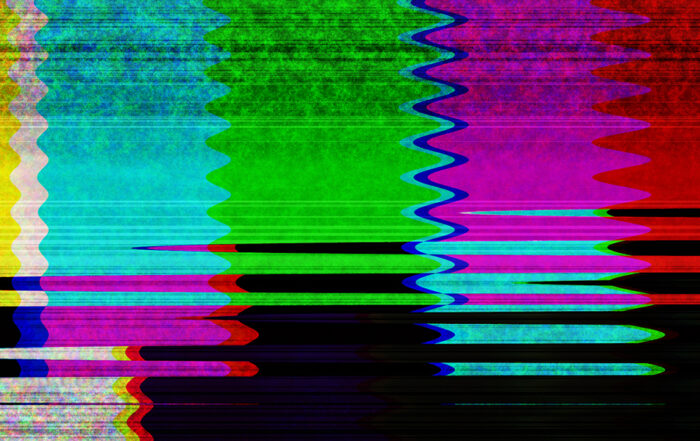By Tom Farmer
What a Bus Can Tell Us
She was 40 feet long, eight feet wide, all streamline curves and fluted aluminum siding, and she swept coast to coast, carrying 43 happy passengers who knew they were going somewhere. She was the postwar, go-go American dream packaged up and diesel-powered, pausing in your own small town en route to some faraway Metropolis, putting air-cooled, tint-windowed, high-speed, nonstop glamour in reach of any regular Joe with a few bucks for a bus ticket.
Styled by Raymond Loewy and launched in 1954, the towering, thundering Greyhound Scenicruiser was among the most Empathic industrial designs there ever was.
What’s an old bus got to do with the new digital future? Look at the impact she made. The Scenicruiser was:
- Beautiful. Loewy, the father of 20th century industrial design, gave the bus Art Deco and Moderne style cues from streamlined luxury trains and swoopy new architecture. Until this design buses were mostly prosaic appliances, but the Scenicruiser captured the public imagination. Boarding one was like getting on a spaceship.
- Functional. Loewy said, “The main goal is not to complicate the already difficult life of the consumer.” Scenicruisers operated on through cross-country schedules, New York to Los Angeles, bounding across prairie and desert, pausing only for fuel and rest stops. They performed as well as they looked.
- Accessible. In the 1950s air and sea travel were for the pampered few – a ride in the sexy Lockheed Constellation cost a week’s pay – but almost everyone could pony up for a Scenicruiser ride. And that gleaming, hard-breathing land schooner whooshing through Salt Lick and Owingsville and Mt. Sterling, making flag stops in the dead of night at general stores? That rolling adventure? That very bus would glide into in Dallas in the morning, and California 36 hours after that. They made small-town America feel connected.
- Distinctive. Her bi-level profile, unduplicated before or since, made the Scenicruiser a brand icon for Greyhound, which commandeered the entire 1,000-bus production run for itself and put Scenicruiser imagery in every advertisement. The experience was the product, and only Greyhound had the experience. The bus was buzzworthy like few other designed experiences in the consumer world – and no transportation machines other than the 747, which came along 15 years later. More than 65 years after its debut, if you find a preserved Scenicruiser at a museum or vintage vehicle rally, you’ll still know it instantly. Its modern counterparts all look pretty much alike.
In every way, the Scenicruiser was Empathic. It understood its public, yearning to stretch its legs and celebrate postwar can-do prosperity. It became part of the American circulatory system. When numberless young people in small towns climbed aboard Scenicruisers and rode them to Chicago or New York or Hollywood to seek their fortunes, they enabled the American dream like nothing else in our time.
For so many, they were more than mere transportation. They were a magic carpet ride.
Shouldn’t all design – bus, can opener, app, website – aspire to hit that Empathic mark? Beautiful, functional, accessible, memorable, plus a dash of dreams-come-true?
Raymond Loewy thought so. Greyhound, in those days, thought so. We still can.
Let’s take our users somewhere.







